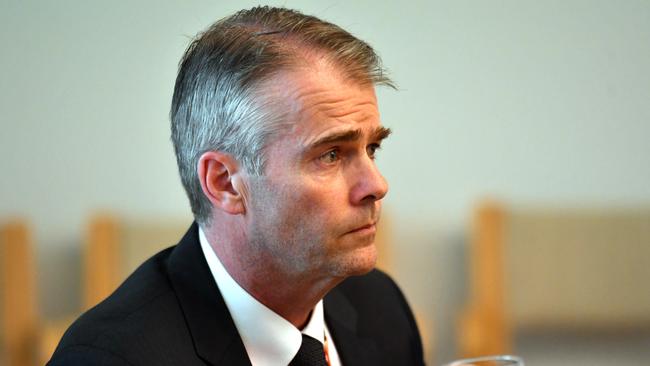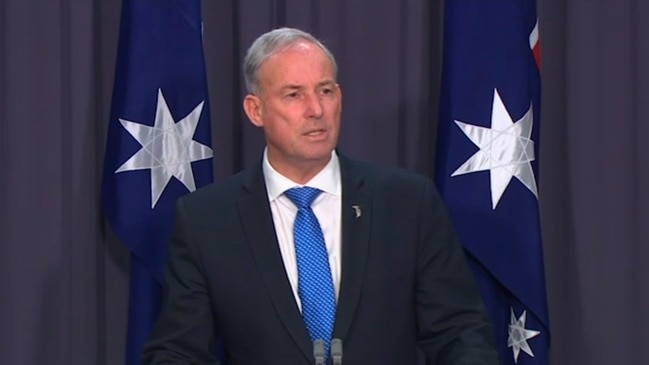More than half of South Australia’s nursing homes are losing money, survey finds
Fears are rising that nursing homes across SA are at risk of shutting down without a federal bailout, as a new survey reveals the shocking number of aged care facilities operating at a loss.

SA News
Don't miss out on the headlines from SA News. Followed categories will be added to My News.
- Aged Care Royal Commission releases scathing interim report
- See all the latest rewards for Advertiser digital subscribers
Nursing homes in metropolitan and rural South Australia are at risk of shutting down as they struggle to keep up with rising costs, a new report shows.
The analysis by accountants StewartBrown reveals half of nearly 1000 aged care homes surveyed nationwide recorded an operating loss during the September quarter.
In SA, the number is even higher – 58 per cent were unprofitable over that three-month period.
More than 100 SA providers were among 984 examined across Australia, and 60 of the surveyed homes in our state were operating at a loss.
The dire figures have reignited calls from the peak aged services body for a $1.3 billion injection to operational funding over 18 months from the Federal Government.
It claims this funding is necessary to reduce the number of providers making a loss from 51 per cent to 30 per cent.
Leading Age Services Australia chief executive Sean Rooney said without more funding, home closures would rise and further investment in the sector was at serious risk.
“This additional funding would enable the sector to employ more workers and to support those we already have, so that we can deliver the quality of care we believe is required and that the Australian community rightly expects,” Mr Rooney said.

In the Barossa Valley, Tanunda Lutheran Home caters for more than 200 older Australians.
But two years ago, chief executive Lee Martin faced a $1 million deficit.
“You just can’t continue to operate at a million dollar loss, you’ve got to make some hard decisions, and in a rural town and an area like the Barossa, making those decisions is affecting local people,” he said.
“We have come through the other end of that and I think Tanunda Lutheran Home will be OK. In 2019 we made a surplus of $5000 … (but that) is not enough to keep this organisation financially viable.”
On average, workforce costs account for at least 70 per cent of total aged care expenses, on top of rising utility bills and training.
The regional facility employs 200 people but Mr Martin said he was struggling to find 20 additional qualified staff.
Instead, he is forced to pay a $40,000 a month premium on agency staff because workers don’t want to commute from Adelaide.
“The current (federal) funding for aged care is not meeting the needs of organisations in rural and remote areas,” Mr Martin said.
“A lot of these facilities that will close will be in small rural towns, where it means if the aged care facility closes, the elderly in the towns will have nowhere to go.”

Mr Rooney said very few aged care homes had closed in SA but their financial situation was getting worse.
He said a structural adjustment program was needed to avoid the risk of unplanned closures and maintain the continuity of care for residents.
The Federal Government allocated $624 million to the aged care sector in the mid-year economic update.
READ MORE
$537m response to Aged Care Royal Commission
Nursing home providers in Adelaide demand changes
Bombshell details of nursing home abuses hit by secrecy order
Aged Care Minister Richard Colbeck was contacted for comment.
He this week refuted claims that the government would privatise the assessment process for aged care homes, home care packages or short-term care options.
Mr Colbeck said a tender for aged care assessment services will bring together the Aged Care Assessment Teams and the Regional Assessment Services to create a “more streamlined service”.
“It means those in need will no longer be shunted between assessors for review or referral,” he said.
The Aged Care Royal Commission, in its interim report, called for the urgent integration of assessment services to ensure the welfare of all senior Australians.


